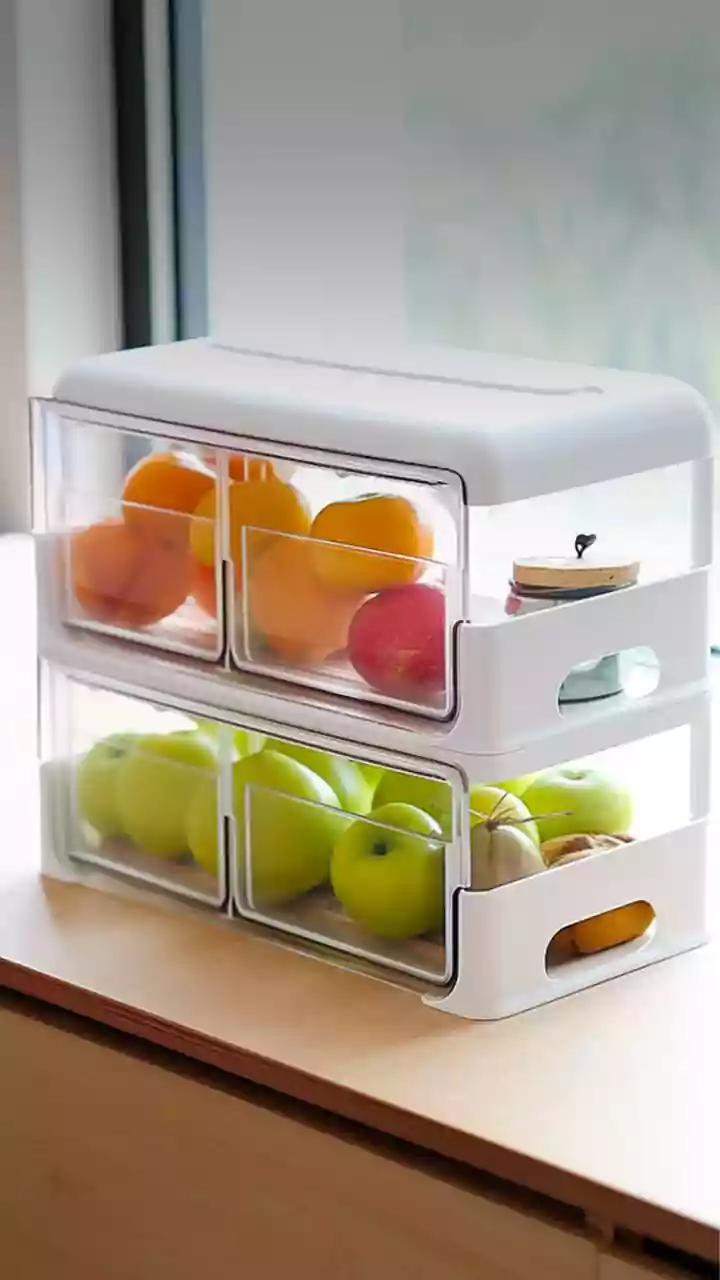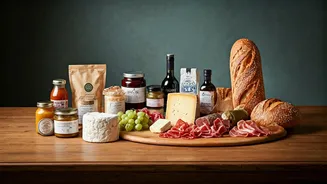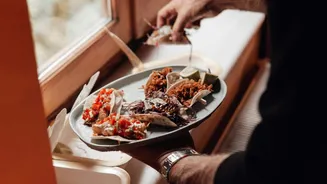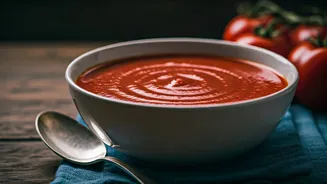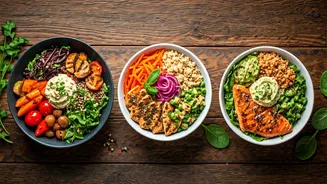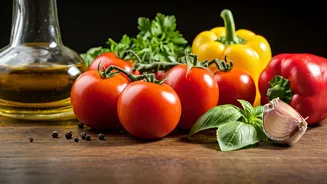Safe Chopping Skills
Teaching children how to chop food safely is an essential skill to start with. Begin by showing them how to select the right knife for their size and age,
focusing on a knife with a blunt tip. Demonstrate the 'claw grip,' where fingers are tucked in to hold the food, and the knife rests on the knuckles for guidance. Start with soft foods like bananas or cooked potatoes. Supervise closely and practice the rocking motion for chopping and slicing. Emphasize the importance of a clean cutting board and maintaining focus to prevent accidents. Once comfortable, introduce more challenging vegetables like carrots, and make it a fun learning experience by discussing the different textures and smells of each food item. Regularly check their hand positioning and reinforce safety rules to develop a habit of careful chopping.
Mastering the Measuring
Precise measuring is crucial in cooking, so teach children the fundamentals of using measuring tools. Start with dry ingredients, demonstrating how to level off measuring cups and spoons accurately. Discuss the difference between a heaping spoonful and a leveled one. Explain why accurate measuring is important for the success of a recipe. Move to measuring liquid ingredients using a liquid measuring cup, ensuring they understand the importance of reading at eye level for accurate measurements. Involve the children in measuring ingredients for simple recipes like cookies or smoothies. As they gain confidence, they can try more complex recipes. Encourage them to compare different units, converting between cups, teaspoons, and tablespoons to enhance their mathematical skills. Regular practice and guidance will ensure that they become efficient and precise in their measurements.
Easy Cooking Fundamentals
Introduce basic cooking techniques such as heating and mixing. Begin by demonstrating simple tasks like whisking eggs for an omelet, mixing salad dressings, or melting butter in a pan. Teach them to identify when the pan is hot enough by carefully placing a drop of water on its surface. When comfortable, move to more advanced techniques like sautéing vegetables. Emphasize the importance of following instructions carefully and keeping an eye on the food to prevent burning. Start with recipes that need little preparation and cook quickly, so the kids don't lose interest. Provide clear instructions and supervise the cooking process. As they practice, kids will learn to gauge heat levels and time cooking, resulting in more confidence. Celebrate each successful cooking experience to motivate them to learn different cooking methods and recipes.
Kitchen Clean Up Basics
Cleaning up is as important as cooking, so teach children the importance of tidiness in the kitchen. Begin by showing them how to wash dishes safely and effectively. Explain the different steps: rinsing, washing with soap, and drying. Use plastic containers for practice, then progress to glassware. Demonstrate how to wipe down counters and other surfaces. Teach them to sweep the floor after cooking, and emphasize the importance of putting everything back in its place. Ensure they know how to clean up spills immediately. Make cleaning fun by putting on music, or turning it into a game. Appreciate their efforts and celebrate their contributions to making the kitchen clean. Over time, children will understand that a clean kitchen is important for hygiene and safety. Practicing these basics turns them into responsible, independent individuals.
Food Safety Essentials
Teach children how to keep food safe, starting with the basics of food hygiene. Explain the necessity of washing hands before cooking and after handling raw ingredients. Show them how to clean fruits and vegetables properly and when to discard food that has gone bad. Explain the importance of using different cutting boards for raw meat and vegetables to prevent cross-contamination. Teach them how to store food safely in the refrigerator. Discuss food temperatures and the importance of cooking food to the right temperature to kill bacteria. Talk about the 'two-hour rule': not leaving food at room temperature for over two hours. By making them aware of the risks of poor food handling, you equip them with essential knowledge to stay safe and healthy. This knowledge builds a good foundation for healthy eating habits.


